Keeping the wheels turning. For many businesses in many sectors, this turn of phrase has a figurative meaning; for commercial vehicle operations, the meaning is literal: the success of any transport operation relies on the continued turning of wheels on vehicles on roads.
And given the importance of wheel-on-road, ensuring that those wheels turn safely is vital for every operator.
Wheel Losses - the frightening possibilities
There can be few more frightening accidents on the road than a commercial vehicle wheel-loss at speed - but they happen - and when they do, the outcomes can be serious. A wheel that has come off an articulated lorry travelling at around 50mph will continue to accelerate and may bounce several metres into the air, meaning that by its descent, it is capable of exerting a force equivalent to several tonnes on the next object it encounters. It takes little imagination to consider the effect this may have if that next object is another vehicle or worse, not an object at all, but a pedestrian or cyclist.
But to be clear - these are certainly not "imaginary" occurrences; they can and do happen. In one incident in May 2019 on the M6 near Leyland, the driver of a car that was hit by a flying loose lorry wheel was described as "the luckiest person in the world" when he escaped with only minor injuries. Photographs of the catastrophic resulting damage to his car show precisely why he was so-described; there is little doubt that had there been a passenger in the seat that was crushed by the tyre's impact - which tore through the vehicle's roof - the outcome would have been fatal. And for the avoidance of any doubt, there have certainly been fatal cases.
The operator of a vehicle involved in such an accident could reasonably expect the most forensic investigation into its maintenance procedures, with the threat of prosecutions for anyone found to be involved in any failing - mechanics, transport managers, directors and the driver. Corporate manslaughter and custodial sentences for company directors might even be on the cards in fatal cases, and then there is always the risk of expensive civil actions by injured parties.
Even stepping back from the most serious end of the spectrum and leaving aside the risk of a serious accident caused by wheel loss, incorrect wheel fixings can attract roadworthiness prohibitions or fixed penalties, which will have an effect on the operator's OCRS and increase the risk of further enforcement action and ultimately, a public inquiry and with it the threat of revocation of the O-licence.
There is no Mystery - The Science behind Wheel Loss
There was a time when wheel losses were thought to be something of a mystery, with the perceived wisdom being that they were random and inexplicable, caused by forces too complicated to understand, let alone try to mitigate. However, some years ago through its "Careless Torque Costs Lives" publication the DVSA sought to dispel the myth that every wheel loss was an unavoidable accident. The reality is that almost every wheel-loss incident that occurs could have been avoided, and in most cases, wheel losses are caused - whether directly or indirectly - by one or more people's failures.
There is a fair amount of science involved in understanding how and why wheels can come loose, and understanding the mechanics of it all is important in understanding how best to avoid it happening.
The fundamental cause of wheel loss is that the clamping forces between the wheel and the hub are not correct. A loss of clamping force can lead to movement where wheel and hub meet, which can itself cause wear and a loss of stud or bolt tension - all triggers for wheel fixings to loosen.
There are numerous reasons why clamping force may be reduced - but one way or another, they can usually be attributed to incorrect maintenance procedures somewhere along the line.
Most fundamentally, wheel fixings need to be correctly tightened to begin with. It is entirely logical that a loose wheel nut will contribute to a loose wheel - but it can be equally harmful to over-tighten a wheel fixing. Over-tightening can cause stretching of wheel studs, cause studs to be pulled through the hub or cause studs to fail as the material's elastic limit might be exceeded. Tightening should be to a specified torque in accordance with manufacturers' instructions, and should be measured using a calibrated torque wrench. Tightening in the proper sequence is also crucial.
The quality, correctness and even cleanliness of wheel components themselves can also ultimately lead to wheels loosening. Studs, nuts, spigots and washers - all the small components of wheel fixings - must be of the right specification, good quality (i.e. free of any corrosion, rust or wear), clean and properly lubricated. Lubrication, like wheel nut tightening can actually be overdone, because clamping force requires a certain level of friction.
Paint may also be an issue: any paint on the interfacing wheel fixings may soften when heated by braking, which again can cause a reduction in clamping force.
Wheel Security - What Operators Can Do
Wheel security should be viewed as a separate, distinct and vital part of an overall maintenance regime, and every operator should have a written wheel security policy in place, to be followed by any member of staff (or third party) who goes near the wheel of a vehicle - mechanics and drivers alike.
Driver Checks
On a daily basis, drivers are responsible for checking wheel fixings carefully as part of a walk around check. Wheel nut indicators are a helpful means of carrying out a visual check for any wheel nut movement, whilst drivers should also be looking carefully for any signs of damage, including cracked wheels, nuts or washers, elongation of stud holes or most fundamentally, evidence that the wheel is loose. It goes without saying that any wheel security defect reported by a driver should be rectified before the vehicle is allowed on the road.
Wheel Removal and Re-torquing Procedures
Where any wheel is removed from any vehicle (e.g. to change a tyre) and then re-attached, there should be documentary records - including a central wheel removal register which records not only the date that any wheel on any vehicle is removed, but provides details of any components or parts removed or replaced.
Separate to that, there should also be a written record confirming that the necessary re-torquing procedures have been followed each time a wheel is replaced - many operators favour "torque-tags", though these are not necessarily essential - what is important is that the correct re-torquing process is both carried out and recorded.
Upon fitting, the wheel fixings should be torqued to the correct tightness, with a torque wrench calibrated to the correct manufacturers' settings. But, crucially, each wheel should then be subject to a re-torque, to account for early relaxation of tension after initial tightening (more science involved here: wheel studs stretch when they are tightened, and a period of settlement thereafter, even in a stationary vehicle, will have the effect of reducing that stretch which in turn will reduce clamping forces). If a vehicle is stationary, it should be re-torqued after c. 30 minutes - whilst if the vehicle is used, it should be retorqued after between 40km and 80km of movement. Depending on which of these two applies, many manufacturers also recommend a further 24-hour re-torque.
Ensuring that the torque-wrench itself is properly calibrated is also essential - operators should always know when any torque wrench's calibration certificate will expire - an out of date calibration certificate may mean that the wrench is not performing as it should - whilst only staff who have been trained on using a torque-wrench (including setting it to the correct calibration and the importance of stopping the application of pressure once the setting has been reached) should be permitted to use them.
There is perhaps no better reminder for operators of the importance of getting wheel security right than the aptly-conceived title of the DVSA's publication on the subject: Careless Torque Costs Lives...
(c) Richard Pelly. Article first appeared in Croner-I. October 2021
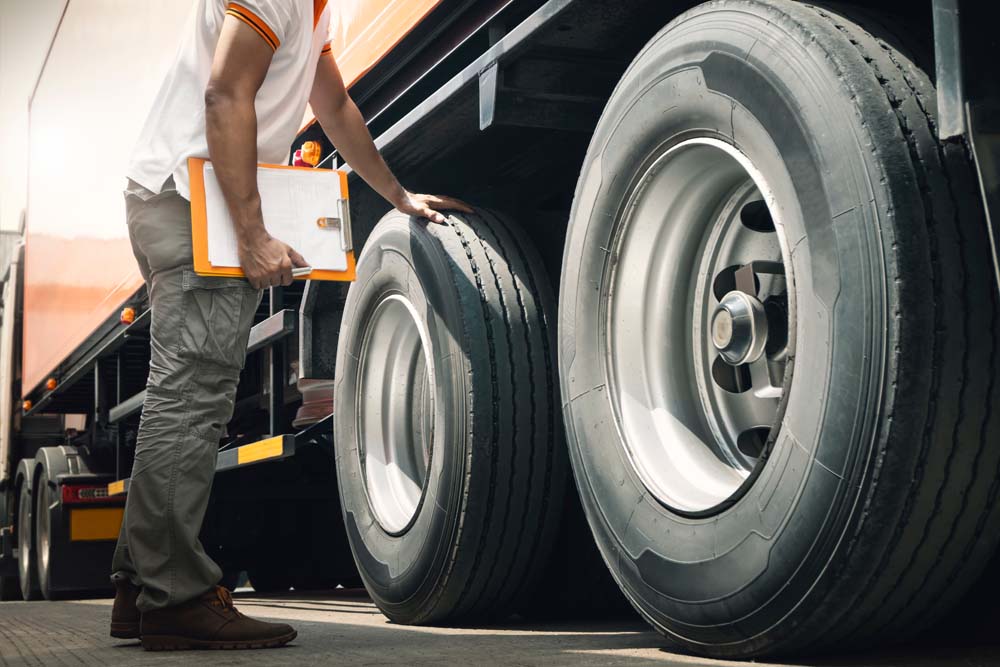
More News and Insight
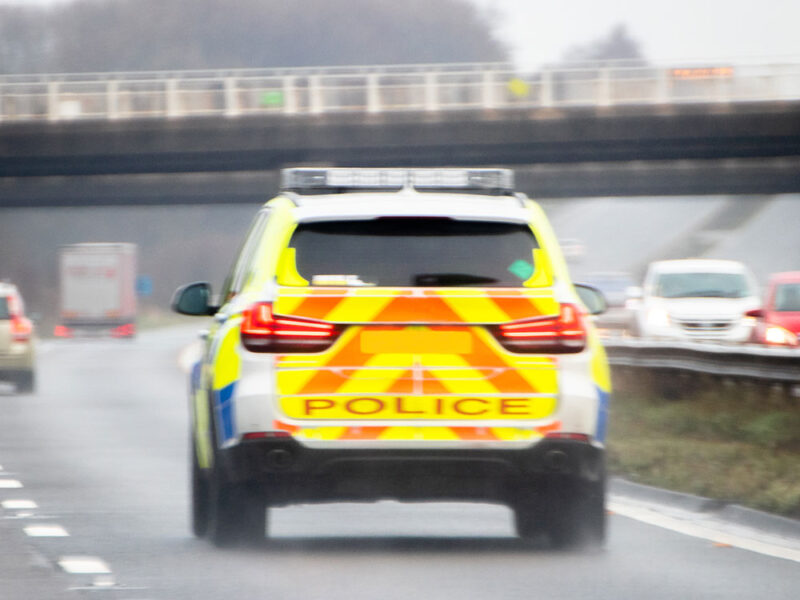
Abnormal Loads – Calls for Changes to Law for Abnormal Loads Needing Police Escorts
Recently in the trade press there have been articles reporting calls from the UK’s Heavy Transport Association (HTA) for the law to be changed regarding police escorting of abnormal loads….

DVLA Confirms New Rules for Professional Drivers Living with Diabetes
From Friday 7th November 2025 the rules were changed to allow diabetic drivers of PSV’s and HGV’s to monitor their glucose levels using Continuous Glucose Monitoring Systems….

Carrying Your Own: Horses to Widgets? Do you Need an O Licence?
The DVSA recently released a press release about the rules for transporting horses in horse boxes and trailers following an update on the guidance about using a tachograph in the vehicle being used to transport the animals…

The Senior Traffic Commissioner’s Statutory Guidance
The value of The Statutory Guidance Documents and the importance to operators, nominated transport managers and other professionals involved in the operation and driving of large commercial vehicles cannot be overstated…
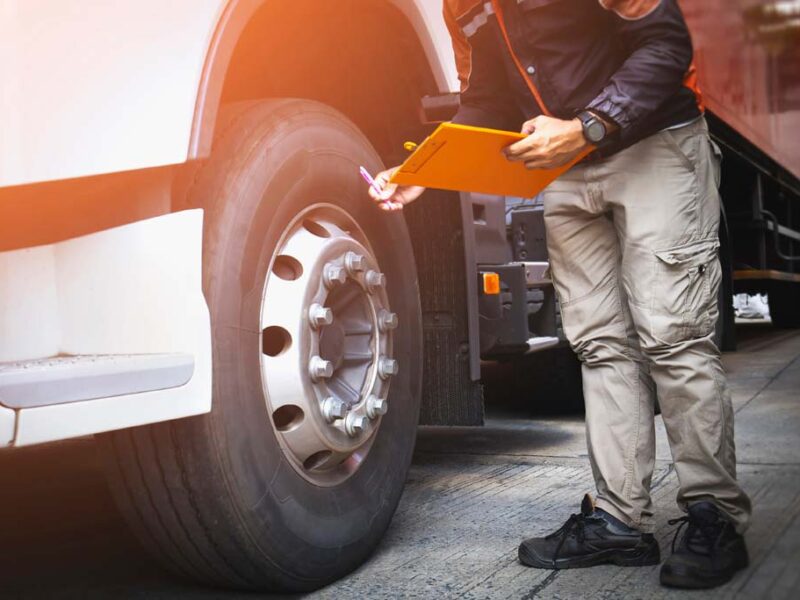
Walkaround Checks – Where Road Safety Starts
Every day, often before the sun is above the horizon, hundreds of thousands of commercial vehicles are started up by their drivers and then they head out on to the UK’s road network to transport goods or passengers from one point to another, often with demanding time constraints thrown into the mix…

Traffic Commissioner’s Annual Report 2024/25: “Don’t Look Back in Anger”
Time has flown by and once again we find that the schools are back after the long summer break and the Office of the Traffic Commissioner has issued its annual report to the Secretary of State, providing a review of the year…

An Apple a Day to Keep the DVLA Away – A review of the DVLA’s Rules on Health Checks for Professional Drivers
There has been some discussion in the industry trade press recently that has highlighted proposed changes to how the disease of diabetes is monitored in professional drivers by the DVLA. One article in RouteOne Magazine stated that…
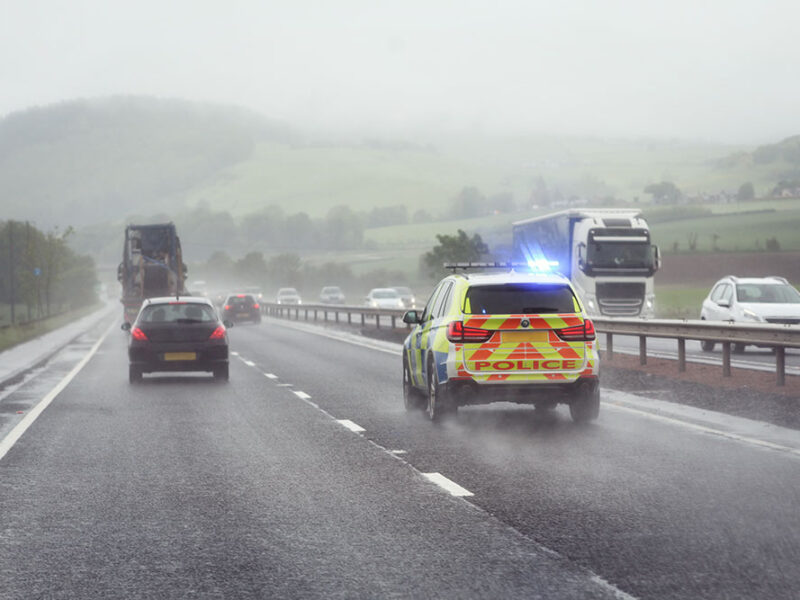
Light Goods – Heavyweight Industry: The DVSA’s New LGV Strategy
While relatively small in overall physical size light goods vehicles (LGVs) are now a large part of the UK road transport industry. There are currently estimated to be over 5.1 million light goods vehicles on UK roads today…

Employment Law Update – A tale like Scylla & Charybdis
Operators currently face their own real time nightmare in the form of a modern day version of the Greek mythological tale of Scylla and Charybdis (where sailors faced a narrow strait through which they had to pass which had a monster on one side and a whirlpool on the other!)…

Labour Government – Employment Rights Bill – What Will It Mean for Transport Businesses?
In October 2024 the Deputy Prime Minister, Angela Rayner set out her intention to reform the employment rights held by employees in the UK. In a press release issued at the time she is quoted a saying…
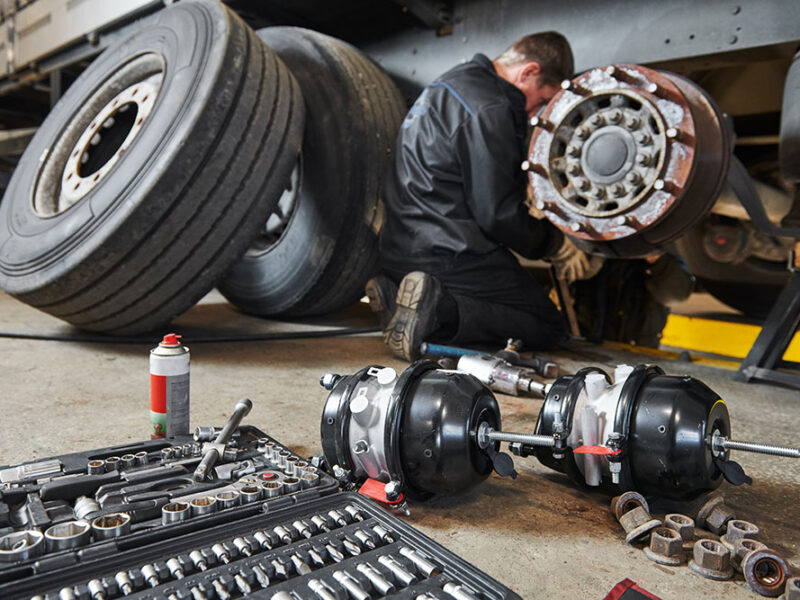
Revisiting the DVSA’s Guide to Maintaining Roadworthiness
In April 2025 the Driver & Vehicle Standards Agency (DVSA) issued the latest edition of its Guide to Maintaining Roadworthiness.

The Wheels on the Bus go Round & Round….but how do they Stop?
At the tail end of 2024 a Public Inquiry was held in front of Traffic Commissioner Kevin Rooney where the subject of brake maintenance practices was called into question…
